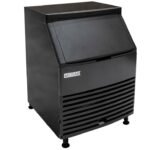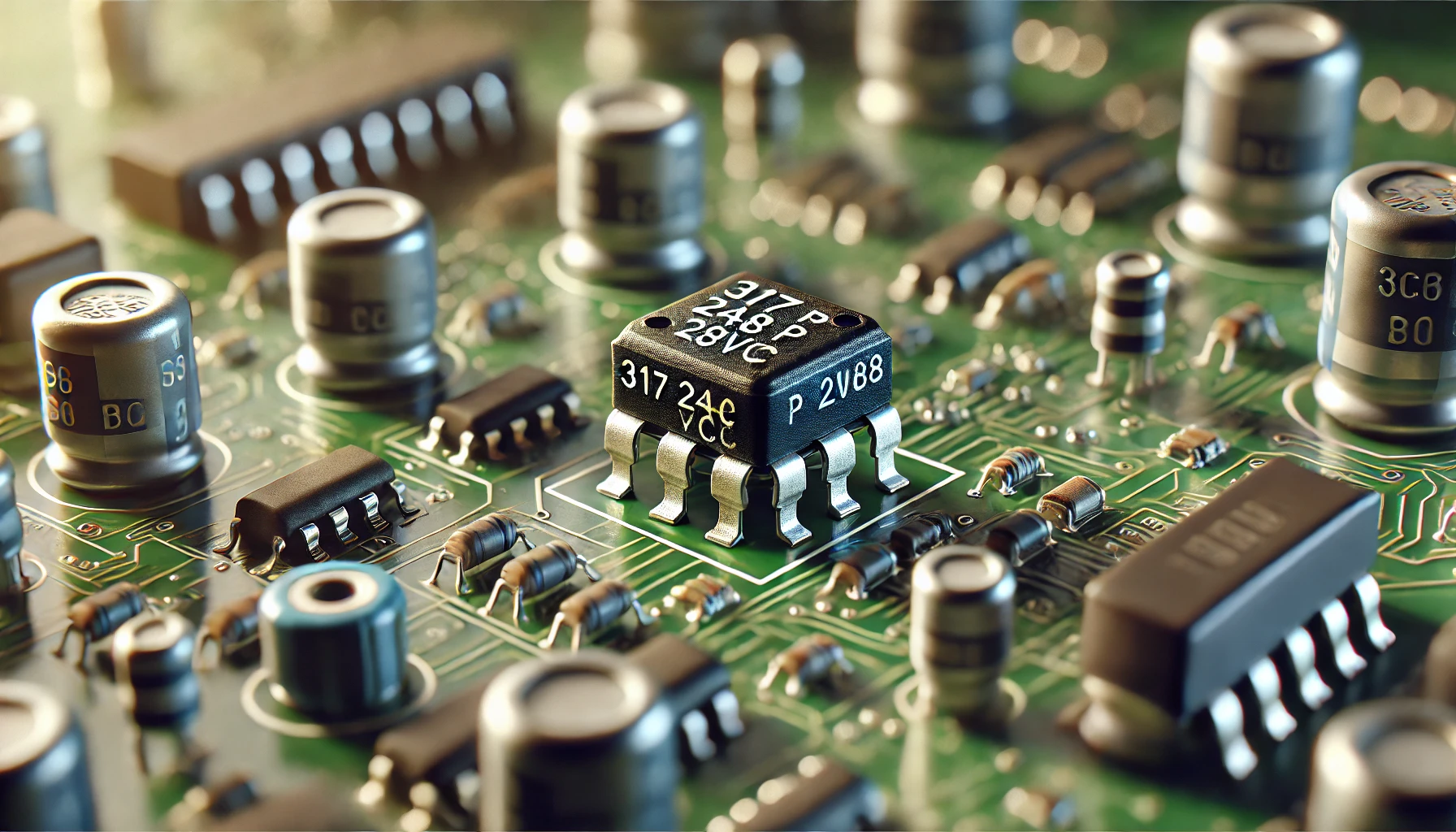If you’ve come across the keyword “630A 430V D.C. x114291,” you’re probably dealing with some specific power or equipment setup needs.
You’re not alone if questions about what these numbers and codes mean are running through your head.
A lot of people get stuck trying to figure out if they’re choosing the right components, especially when it comes to electrical ratings and specifications.
Let’s break it down in simple terms and answer the main questions most people have around this topic.
Understanding “630A 430V D.C. x114291”
This isn’t just random code.
Each part of “630A 430V D.C. x114291” tells you something important about the type of power this setup can handle.
Let’s look at each piece:
- 630A: This stands for 630 Amps, the current that the equipment can carry.
- 630a 430v d.c. x114291.: This means 430 Volts in Direct Current. It’s the maximum voltage the equipment can handle when running in DC.
- x114291: This part typically refers to a model or unique identifier number. This helps you find the exact specs if you’re searching for spare parts or a replacement.
Each of these values is important because they determine if the equipment is right for your specific electrical setup.
Why Do These Ratings Matter?
Imagine running a system at too high or too low of a current.
That’s like driving a car without knowing the speed limit—it might work fine for a while, but at some point, things can go wrong.
Let’s break down why each rating matters:
- Current (Amps or A):
- The 630A tells you the maximum current the equipment can handle.
- If you exceed this limit, overheating and damage are risks. Think of it like overloading a circuit breaker at home—it’s designed to trip if too much power runs through.
- Voltage (Volts or V):
- The 430V DC means it’s made to handle Direct Current at that voltage level.
- Going above or below this voltage can reduce efficiency or, worse, lead to failure or hazardous conditions.

Real-Life Example: Choosing a Circuit Breaker
Let’s say you’re looking to install a circuit breaker in an industrial setup.
If your system is designed to run at 630A and 430V DC, a circuit breaker with the rating “630A 430V D.C. x114291” would be a fit.
But why this specific match?
Because using a breaker rated too low can cause it to trip unnecessarily.
And using one rated too high won’t protect your equipment as it should.
It’s like putting a tiny lock on a huge door—if it doesn’t fit, it won’t secure anything.
FAQs About 630A 430V D.C. x114291
What is the significance of “D.C.” here?
Direct Current, or D.C., is constant and flows in one direction, making it ideal for specific equipment where stable voltage is crucial.
This setup is often seen in heavy machinery, solar power, and electric vehicles, where reliability is key.
Can I use 630A 430V D.C. x114291 in an A.C. system?
Not recommended.
D.C. (Direct Current) and A.C. (Alternating Current) have different requirements and behaviors.
Using a D.C.-rated setup in an A.C. environment can cause overheating and failure since A.C. current constantly reverses direction.
Stick with D.C. equipment for D.C. setups.
What happens if I exceed 630 Amps?
If you exceed 630A, the equipment could overheat, leading to potential failure or safety hazards.
It’s like overloading a power strip with too many devices—it might work temporarily, but it’s a risk in the long run.
Tips for Using Equipment Rated 630A 430V D.C.
- Check Your System’s Needs: Make sure your system is designed to handle 630A and 430V DC.
It’s best to match exactly to avoid any risks of short circuits or failures. - Match Components Carefully: When using components like circuit breakers or fuses, match ratings with your system.
Don’t substitute a lower-rated part unless advised—it’s safer and ensures equipment longevity. - Monitor Temperature: D.C. systems with high current can generate significant heat.
Keep an eye on temperature indicators or install sensors for large-scale setups. - Read Manufacturer’s Guidelines: Always refer to the equipment manual.
Many manufacturers offer guidance on safe operation ranges and maintenance tips for optimal performance.

Where to Find Reliable 630A 430V D.C. Components?
You want to ensure the parts you get are genuine and up to spec.
Places like electrical supply companies or industrial equipment dealers often carry these components.
Sites like Grainger or McMaster-Carr are known for their range of industrial equipment with clear specs for professionals.
These are dependable sources where you can check the exact ratings and fit for your needs.
Quick Tips for Maintaining Equipment with High Power Ratings
Keeping equipment in top shape when running at high amperage or voltage can extend its lifespan and improve safety.
Here are a few quick maintenance tips:
- Regularly Check for Loose Connections: High current can cause connections to loosen over time.
- Inspect for Wear and Tear: D.C. equipment can face wear from constant power flow, so check regularly.
- Follow a Maintenance Schedule: Regular maintenance can prevent breakdowns.
- Replace Parts as Needed: Don’t hesitate to replace parts when they start showing signs of wear.
Why “630A 430V D.C. x114291” Matters for Safety
Using equipment that matches your power system is more than just about efficiency—it’s about safety.
When running a system at 630 Amps and 430 Volts, your equipment needs to be built to handle that load.
Underrated parts risk overheating, potential fires, or system shutdowns.
So by sticking with the right ratings, you’re protecting both your equipment and your investment.
Final Take on 630A 430V D.C. x114291
“630A 430V D.C. x114291” isn’t just numbers and letters—it’s the key to knowing if you’re getting the right setup for your needs.
High current and voltage systems require carefully matched components, and using the right specs ensures safety, efficiency, and durability.
Whether it’s a circuit breaker or a power converter, knowing these details helps you make choices that keep your system running smoothly and safely.












